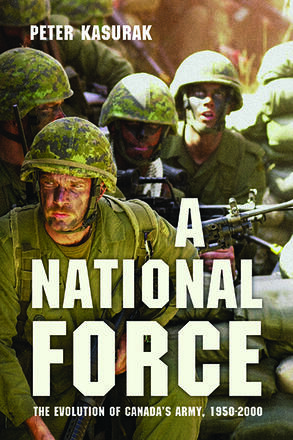
A groundbreaking reassessment of when, and why, Canada’s army broke away from its British imperial roots to become a truly national force.
Description
This landmark book dispels the idea that the period between the Second World War and the unification of the armed services in 1968 constituted the Canadian Army’s “golden age.” Drawing on recently declassified documents, Peter Kasurak depicts an era clouded by the military leadership’s failure to loosen the grasp of British army culture, produce its own doctrine, and advise political leaders effectively. The discrepancy between the army’s goals and the Canadian state’s aspirations as a peacemaker in the postwar world resulted in a series of civilian-military crises that ended only when the scandal of the Somalia Affair in 1993 forced reform.
Reviews
This book is probably the most exhaustive study of Canadian Army doctrine and development in print. Readers should understand that Kasurak set out to produce a history of the doctrine of the Canadian Army and the development of the force as an institution representative of the nation that it serves. Anyone looking to understand the Canadian Army, its history, institutional culture, and relationship to the Canadian nation will not be disappointed in this book.
- Blake Whitaker